Green Energy Experience Hall Gwangju-Jeonnam Regional Headquarters (녹색에너지체험관 (광주전남지역본부))
8.4Km 2024-02-14
123 Cheomdangwagi-ro, Buk-gu, Gwangju
Green Energy Experience Hall is located within the Gwangju Jeonnam Regional Headquarters of the Korea Energy Agency. Here, visitors can learn about the importance of energy conservation and discover methods to save energy in everyday life. Key facilities include the Green Energy Experience Hall, the Outdoor Experience Hall, and the LED Exhibit Hall. Admission is free, and the center welcomes visitors aged five years and older.
GeumBong-Museum (시화문화마을 금봉미술관)
8.4Km 2024-12-17
91 Gakhwa-daero, Buk-gu, Gwangju
Opened in 2015, GeumBong-Museum has 291 art works of painter Park HaengBo. The museum also has various contemporary art works to further spread the knowledge of both traditional and contemporary art. It offer classes and exhibition to support the local art culture.
Hotel Mudeung Park (무등파크호텔)
8.4Km 2021-02-01
14-10, Jiho-ro 164beon-gil, Dong-gu, Gwangju
+82-62-226-0011
Opened in 2004, Hotel Mudeung Park is located at the foot of Mudeungsan Mountain. Situated in a leisure town measuring an impressive 495,000 m², the hotel is one of the representative hotels of Gwangju and is known for its high-quality facilities and services.
In addition to its posh guestrooms, Hotel Mudeung Park offers a myriad of facilities including a convention hall, a banquet hall, a business center, restaurants, a wine bar, a driving range, a bowling alley, and an observatory with a panoramic view of downtown Gwangju.
Mudeungsan Lift Monorail (Jisan Park) (무등산 리프트모노레일 (지산유원지))
8.4Km 2025-08-12
14-10 Jiho-ro 164beon-gil, Dong-gu, Gwangju
To use the lift and monorail located at Jisan Park in Gwangju, visitors can purchase a ticket at the ticket office in the convenience store on the first floor and go up to the boarding area on the second floor. Get on the lift with a track length of 745 meters and an operating speed of 12 m/sec and climb for about 20 minutes while enjoying the scenery of Mudeungsan Mountain to arrive at Bitgoeul Station. From here, visitors can transfer to the monorail. Passengers can feel the thrill of riding toward the top on a monorail which can accommodate about 20 people at a time. A spectacular view of Mudeungsan Mountain will unfold in all directions. The view of Gwangju from Palgakjeong Observatory at the end of the monorail is a beautiful sight that visitors to Gwangju must see at least once as it is a famous attraction to enjoy the view of Gwangju.
Jisan Recreation Area (지산유원지)
8.6Km 2023-01-25
35-1, Jiho-ro 164beon-gil, Dong-gu, Gwangju
+82-62-221-2760
Jisan Recreation Area reopened around December 2016, resuming monorail operation after 11 years. The unique rattle of a monorail running on one rail gives passengers a thrill. If you ride the monorail, you can see the panoramic view of Gwangju and the top of Mudeungsan Mountain at a glance. The monorail starts on the mountainside, 50 meters away from the end point of the lift, along the forest road, and runs to and from the top of the mountain in Jisan Recreation Area, where the octagonal pavilion is located. After reopening, it became popular among the younger generation through social media and word of mouth as a unique amusement facility where you can enjoy thrills on Mudeungsan Mountain in Gwangju.
Gwangju National Science Museum (국립광주과학관)
8.6Km 2021-05-24
235, Cheomdangwagi-ro, Buk-gu, Gwangju
+82-62-960-6210
Gwangju National Science Museum was opened in 2013 to promote science. The museum specializes in light and science with a spaceship-shaped exterior. Many of the exhibitions consist of hands-on programs, providing visitors a chance to use their imagination to further learn about science.
Gwangju Family Land (광주 패밀리랜드)
8.6Km 2025-01-10
677, Uchi-ro, Buk-gu, Gwangju
+82-62-607-8000
Gwangju Family Land is an amusement park equipped with dozens of exciting rides as well as recreational facilities such as a swimming pool, an ice rink, and a sledge park. Spanning 290 acres of land, it is the largest urban amusement park in all of Jeollabuk-do and Jeollanam-do Provinces. The amusement park also offers entertainment courses designed for couples, families and children.
Mudeungsan National Park (무등산국립공원)
8.9Km 2023-11-14
29 Dongsan-gil, Dong-gu, Gwangju
+82-62-227-1187
Mudeungsan National Park is a mountain park lining the edge of Hwasun-gun, Damyang-gun and Gwangju. Mudeungsan Mountain (1,186 meters) features three rock peaks called Cheonwangbong, Jiwangbong, and Inwangbong, also known as the “Jeongsang Three."
Mudeungsan’s gradual slope makes it an easy climb for all. Among the more majestic of these sites are the Seoseokdae, Gyubong, and Ipseokdae peaks. At the base of the mountain are several famous temples including Yaksasa, Jeungsimsa, and Wonhyosa Temples. Mudeungsan Mountain is also known for its beauty throughout the year. The autumn leaves around Gyubongam Hermitage and silver grass of Baengma Ridge are quite spectacular. In winter, snow and ice on the mountain create exquisite scenery as well.
Below the mountain, there are a variety of recreational facilities and tourist sites for visitors.
Citizen's Forest Campground (시민의 숲 야영장)
9.0Km 2024-02-14
190 Chuam-ro, Buk-gu, Gwangju
Citizen's Forest Campground, situated alongside the Yeongsangang River in Gwangju, offers a nature-friendly escape in the heart of the city. The campground provides options for both auto-camping and traditional camping. It features walking trails and is conveniently located near a waterside park, making it ideal for strolls. Additionally, a swimming pool is available for visitors every summer.
De Young Museum (드영미술관)
9.2Km 2024-10-10
6 Seongchon-gil, Dong-gu, Gwangju
De Young Museum is an art gallery located at the entrance to Mudeungsan National Park. The gallery opened in 2018 with the concept of being "forever young" and aims to develop the local culture scene through connections with the local community.
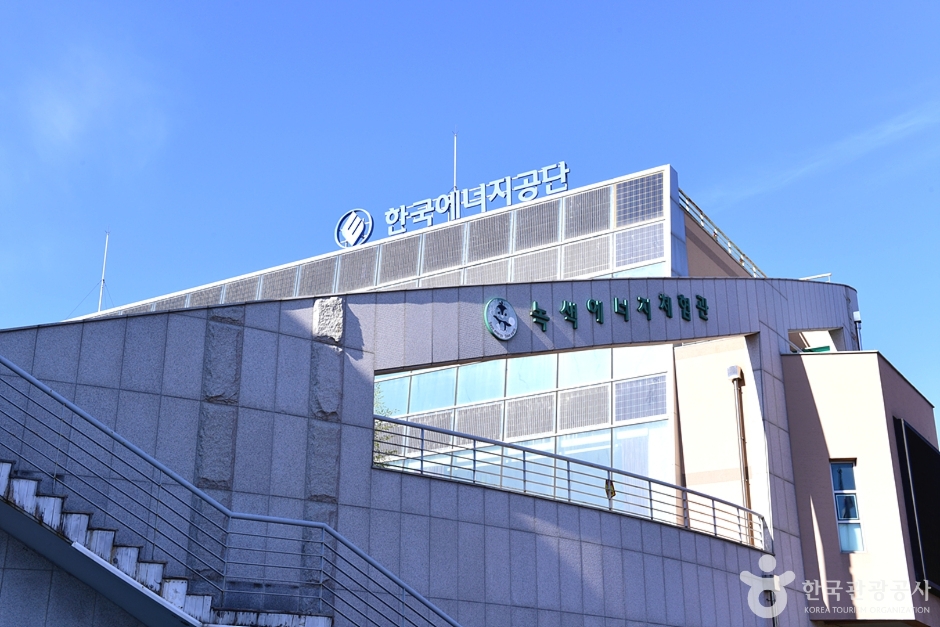
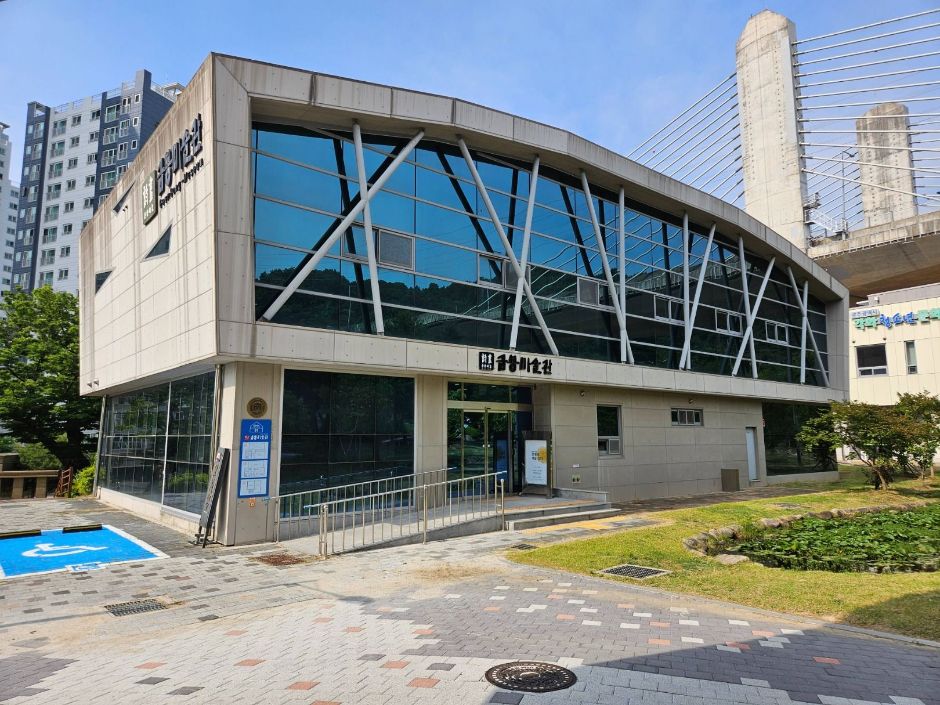
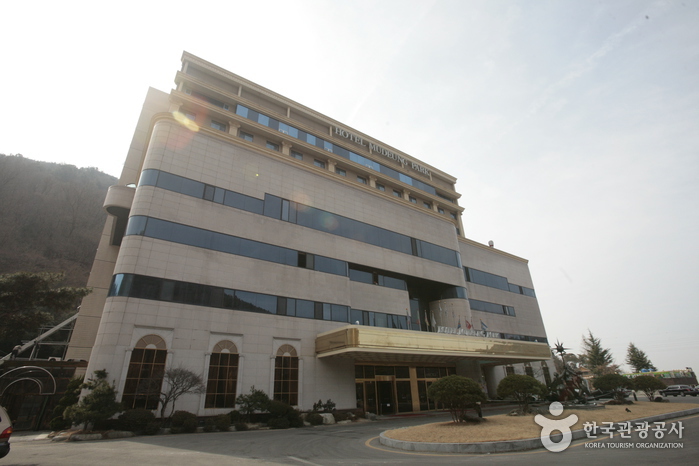


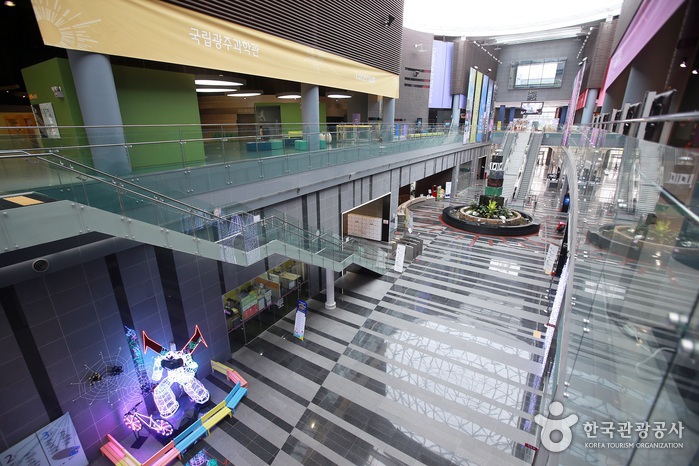
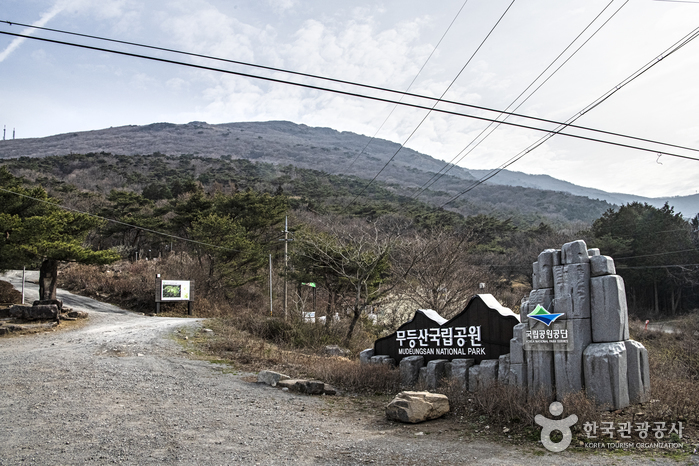
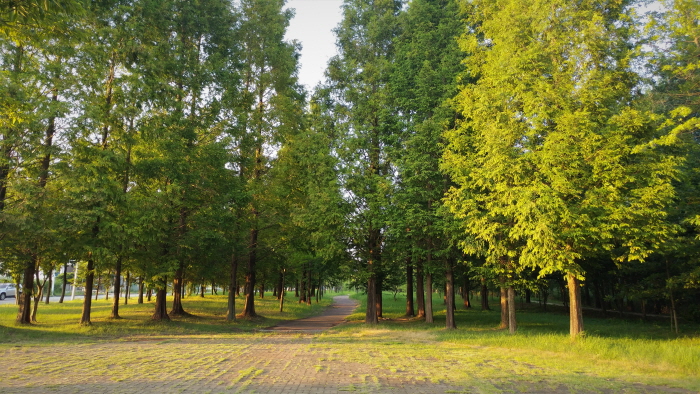
 English
English
 한국어
한국어 日本語
日本語 中文(简体)
中文(简体) Deutsch
Deutsch Français
Français Español
Español Русский
Русский